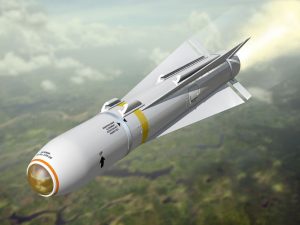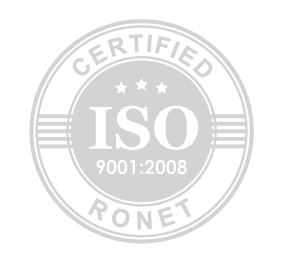An international high technology company in the electro-optic and countermeasures systems industry was developing a new radar-guided missile. Due to the high altitude and low temperatures that the missile can reach, the internal sensor’s lenses needed to 1- reach the desired temperature in milliseconds; and 2- attain the correct temperature (too hot could burn the whole system and too cold could create condensation and fog the lenses).
In their first attempt to solve this issue, they chose the number one company in the Thermal Solutions industry. For months, they worked together to deliver the final solution, but none of them succeeded. They literally burned several millions of dollars in those unsuccessful attempts.

When they approached Flexitech Avia, their specification was very simple: make this heater work.
Our R&D team analyzed the heater presented and started to list the problems with this solution:
Since Flexitech Avia has been developing and manufacturing heating elements using Thick Film technology for more than 20 years, our R&D team has been able to understand the customer’s needs and tailor the thermal solution accordingly to the size, shape, energy and sensitivity needed for this project.
But the task to convince this potential customer wasn’t an easy one. It was like David and Goliath. We used our vast knowledge in diverse fields of physics, materials and electronics together with the customer’s broad expertise in countermeasure systems to dissect the problem, understand the root cause and determine solutions to address the key points:
With the correct mix of materials and the thermostat located in the appropriate place, it was easy to ensure uniform heat dissipation as well as low power consumption. Thanks to our experienced and professional team the process took only a few months to develop, test and approve.
After the development period, the final product was nothing like the original idea presented by the first supplier. Using our innovative and creative way to solve every technological and engineering heating challenge, our R&D team was able to help this customer develop the new radar-guided missile. After the final prototype was approved by the customer, it was time for our operations team to deliver the on-demand production and decrease production costs, saving time and money for this customer.
After this first challenging project, we earned this customer’s trust by working hand in hand and have been delivering great solutions using the highest quality products available on the market. We can proudly say that this customer has become a long term business partner for Flexitech Avia.
Flexitech Avia specializes in the development and manufacturing of heating elements and PCBs using Thick Film technology, for a wide range of applications. Our custom-made products enable the perfect fit based on special needs and parameters: size, shape, core, resistance to extreme temperatures, high voltage resistance and more. We are here to provide our clients the most advanced solutions for their complex products, providing them the significant competitive edge they need.
Flexitech’s solution used by this customer



